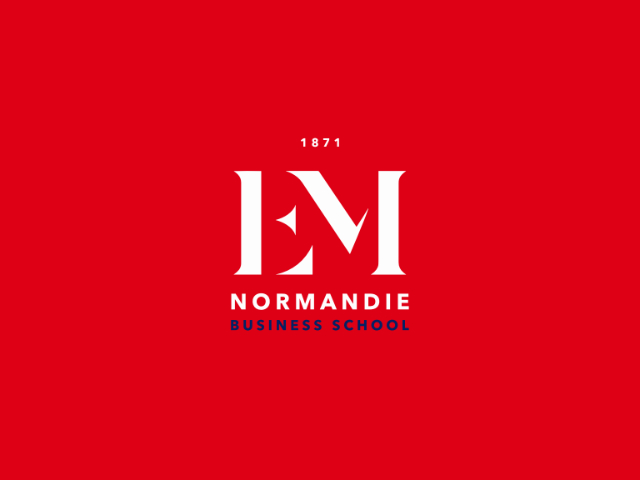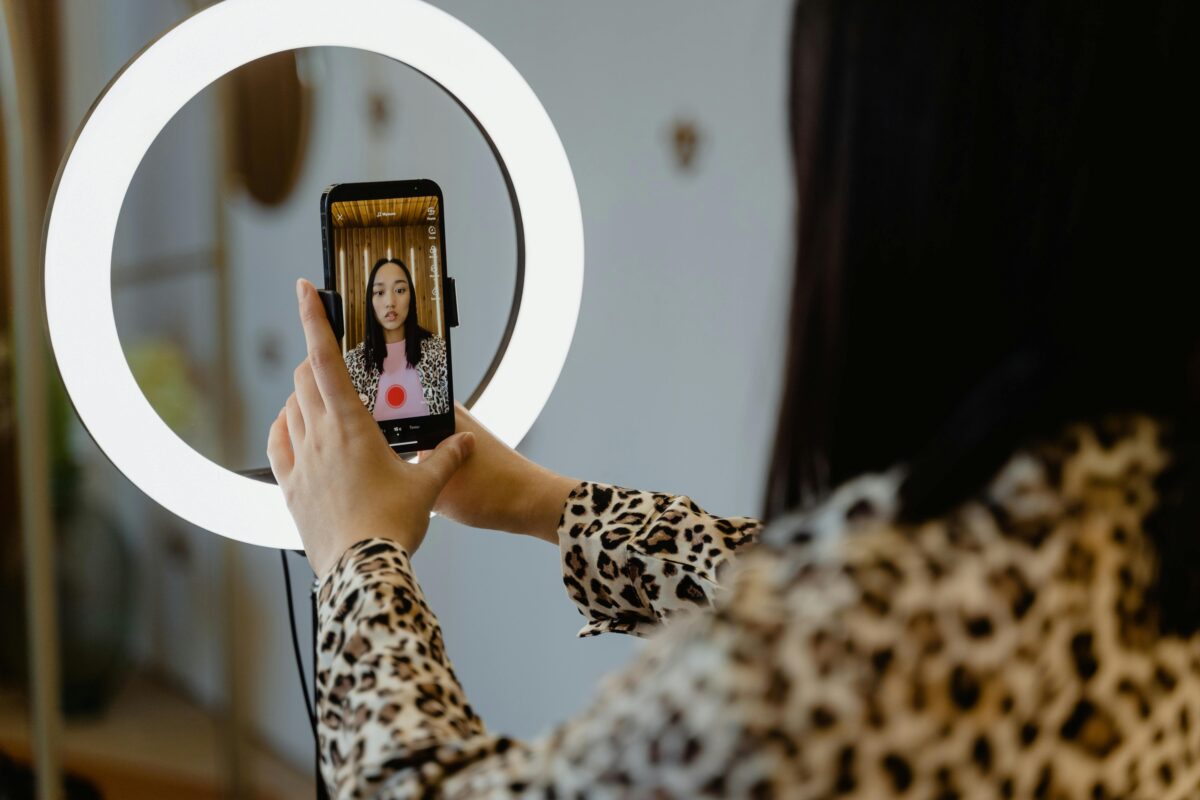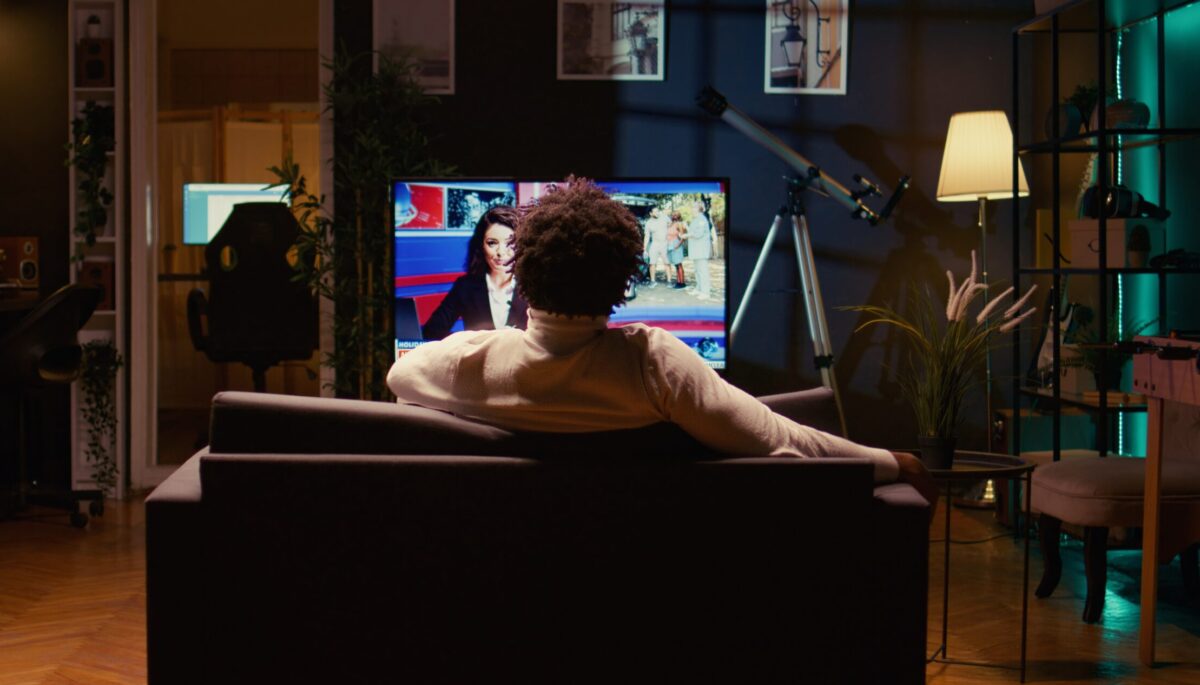01000011 01101111 01101101 01101101 01100101 01101110 01110100 00100000 01100011 01101111 01101101 01101101 01110101 01101110 01101001 01110001 01110101 01100101 01110010 00100000 01100001 01110110 01100101 01100011 00100000 01101100 00100111 01100001 01110110 01100101 01101110 01101001 01110010 00100000 00111111 00100000 01000011 00100111 01100101 01110011 01110100 00100000 01101001 01101101 01110000 01101111 01110011 01110011 01101001 01100010 01101100 01100101 00100000 01101001 01101110 01110100 01110010 01101001 01101110 01110011 11000011 10101000 01110001 01110101 01100101 01101101 01100101 01101110 01110100 00100000 01101111 01110101 00100000 01101100 00100111 01100001 01110110 01100101 01101110 01101001 01110010 00100000 01110010 01100101 01110011 01110011 01100101 01101101 01100010 01101100 01100101 01110010 01100001 01101001 01110100 00100000 01100001 01110101 00100000 01110000 01110010 11000011 10101001 01110011 01100101 01101110 01110100 00101100 00100000 01100101 01110100 00100000 01101111 01101110 00100000 01101110 01100101 00100000 01101100 00100111 11000011 10101001 01100011 01101111 01110101 01110100 01100101 01110010 01100001 01101001 01110100 00100000 01110000 01100001 01110011 00101100 00100000 01101111 01110101 00100000 01101001 01101100 00100000 01110011 01100101 01110010 01100001 01101001 01110100 00100000 01100100 01101001 01100110 01100110 11000011 10101001 01110010 01100101 01101110 01110100 00101100 00100000 01100101 01110100 00100000 01110011 01101111 01101110 00100000 01100101 01101110 01110011 01100101 01101001 01100111 01101110 01100101 01101101 01100101 01101110 01110100 00101100 00100000 01100100 01100001 01101110 01110011 00100000 01100011 01100101 00100000 01100011 01100001 01110011 00101100 00100000 01101110 00100111 01100001 01110101 01110010 01100001 01101001 01110100 00100000 01100001 01110101 01100011 01110101 01101110 00100000 01110011 01100101 01101110 01110011 00101110 00100000 00101101 01000111 01100101 01101111 01110010 01100111 01100101 00100000 01001111 01110010 01110111 01100101 01101100 01101100 00100000
Woops. On sait que vous êtes visionnaire, mais vous êtes allez un peu trop loin dans le futur…
Mais nous avons tout de même des articles intéressants pour vous aider à la façonner.









